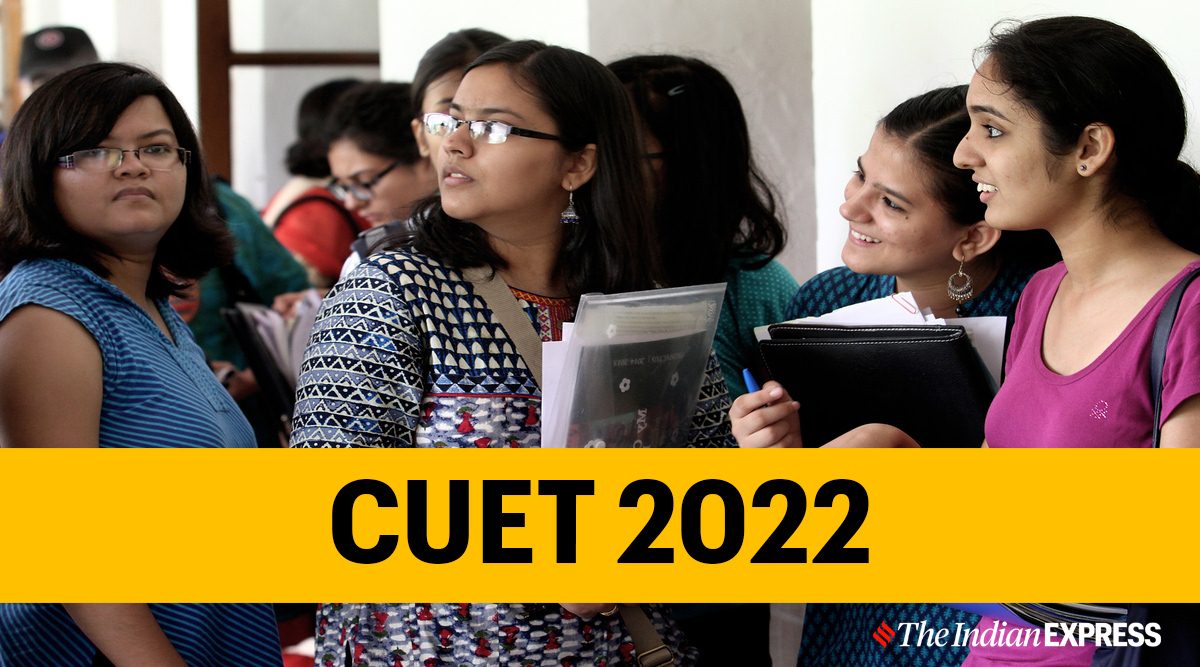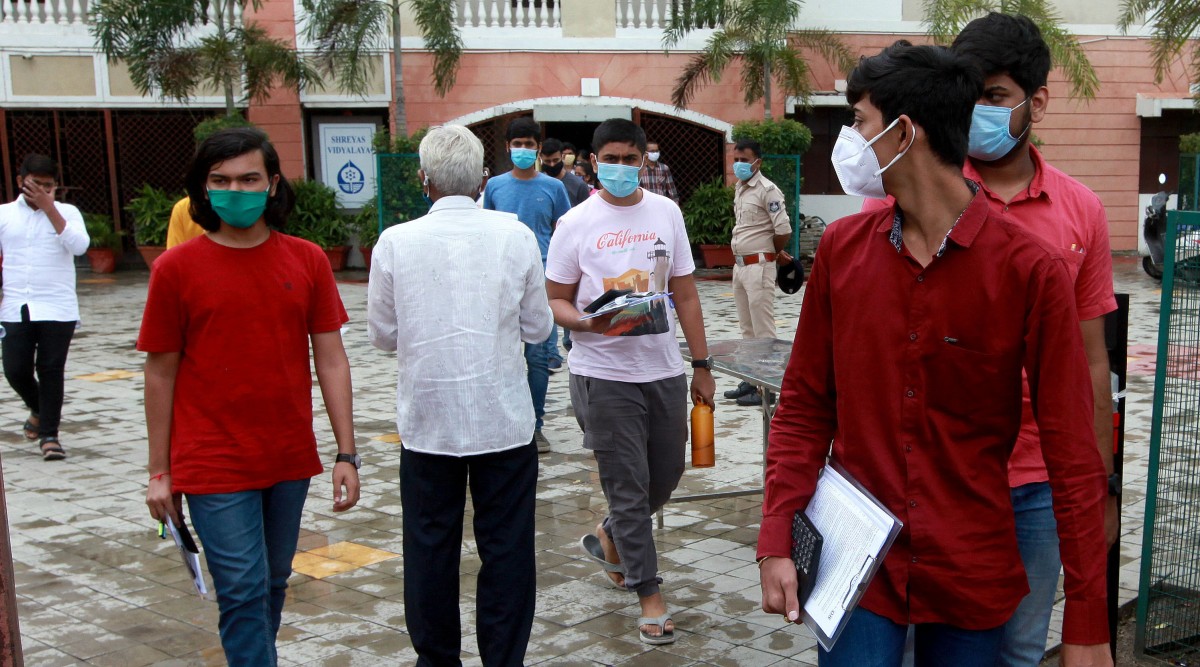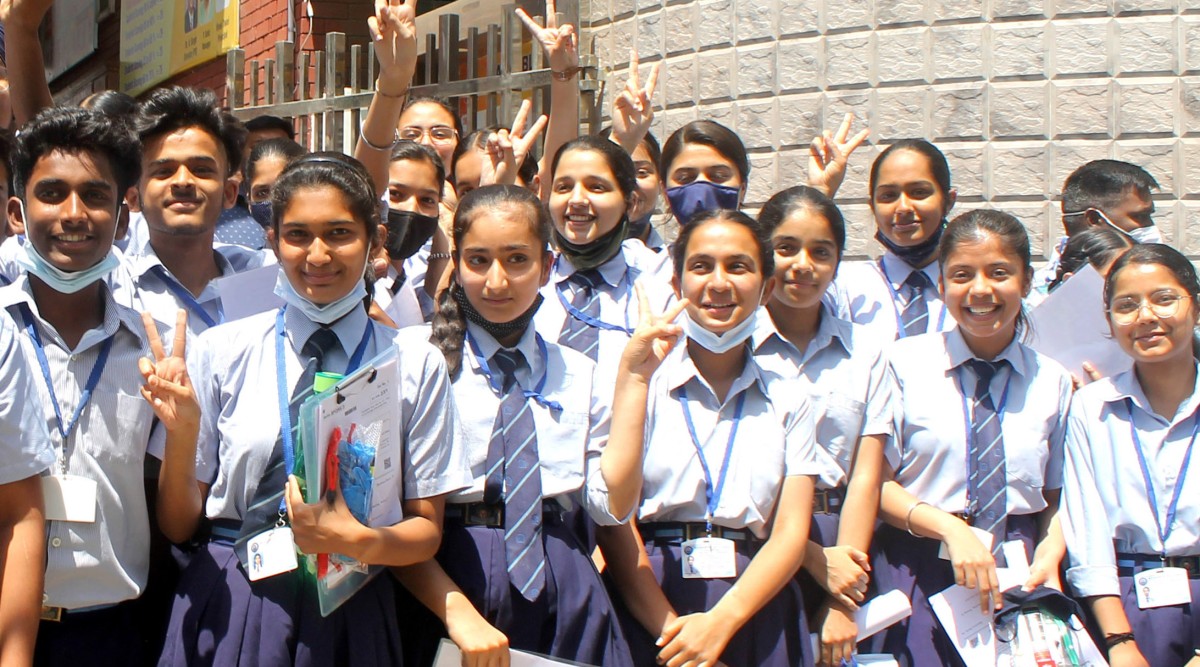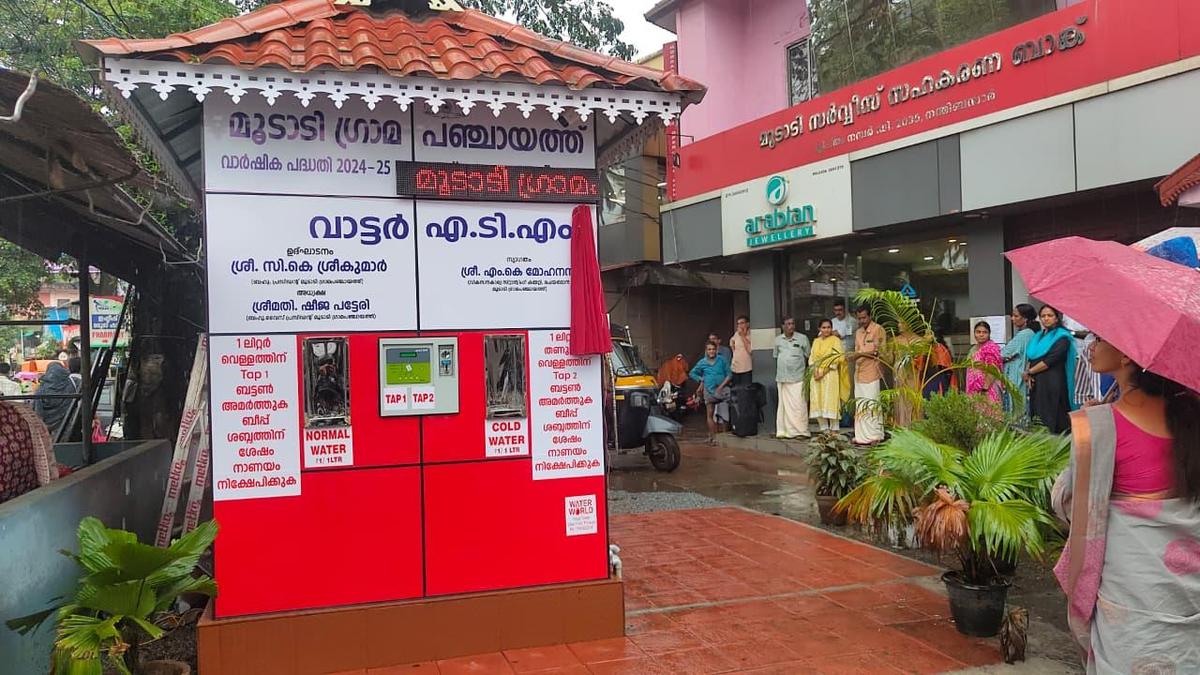The Central University Entrance Test (CUET), which is now required for undergraduate admission at any of the 45 central universities in the nation, was introduced in April 2022 as announced by the University Grants Commission (UGC). All 45 central universities are now required to use CUET, a redesigned version of CUCET. This has happened since the new National Education Policy (NEP), which supports the requirement of an entrance exam for university admissions, was made public.
Q. Exam dates for CUET-UG 2022?
The National Testing Agency (NTA) has announced that the Common University Entrance Test (CUET), which is required for admission to undergraduate programmes at different colleges across the nation, would be administered between July 15 and August 10. Dates for the exam are July 15, July 16, July 19, July 20, and August 4, August 5, August 6, August 7, and August 8. Candidates will have to answer multiple choice questions (MCQs) in a computer-based test.
Q. If an applicant has submitted the form, will he/she be allowed to change or correct details at a later stage?
By logging in to cuet.samarth.ac.in, candidates can apply for the entrance exam or make adjustments to their applications. This window has been opened today i.e June 23 and will close at 11:50 pm on June 24. Candidates will not be allowed to amke any changes to the mobile number, email ID and the address that they have previously submitted in the application. However, they will be allowed to me alter the following details: class 10 details, class 12 details, exam centre city selection, medium of the exam, date of birth, gender, and category.
Q. How many students will appear for CUET-UG 2022?
Over 9,50,804 applications have been received for CUET-UG 2022 for admission across 86 universities for admission. Of which, 43 are central universities, 13 state universities, 12 deemed universities, and 18 private universities make up the remainder. As a result, CUET is now the second-largest admission exam in the nation for undergraduate programmes, just after the NEET UG medical entrance exam. Candidates can choose from any combination of the 33 languages and 27 different courses, and they can take the exam in any of the 13 mediums that are available.
Q. What will be the format of the exam? How many sections will be there?
There are three sections to the CUET 2022. Language proficiency is tested in Sections I (IA and IB), core topic knowledge is tested in Section II, and general knowledge is tested in Section III of the examination. Here is a detailed explanation of the three sections:
Section-I: The first section of the CUET is further broken down into IA and IB. A candidate’s command of English or one of 12 Indian languages—Hindi, Marathi, Gujarati, Tamil, Telugu, Kannada, Malayalam, Urdu, Assamese, Bengali, Punjabi, or Odia—will be tested in Section IA. The examination will last for 45 minutes.
Section IB lists 19 undergraduate degree programmes in foreign languages that various central universities offer. Among the offered languages are Chinese, Japanese, Russian, Tibetan, French, Spanish, German, Italian, Arabic, Bodo, Dogri, Maithili, Manipuri, Santhali, Kashmiri, and others.
Section II: A candidate’s knowledge of the fundamental disciplines they want to study at the undergraduate level will be evaluated in this part. In accordance with this, they can choose up to six subjects from a list of 27 including Accountancy/Book Keeping, Biology/ Biological Studies/Biotechnology/Biochemistry, Business Studies, Chemistry, Computer Science/ Informatics Practices, Economics/Business Economics, Engineering Graphics, Entrepreneurship, Geography/Geology, History, Home Science, Knowledge Tradition and Practices of India, Legal Studies, Environmental Science, Mathematics, Physical Education/NCC /Yoga, Physics etc.
In the Section II paper, which is also 45 minutes long, a candidate must attempt 40 out of 50 questions.
Section III:For any undergraduate programmes/programmes being offered by universities where a general exam is being used for admission rather than admitting students based on their scores on domain subjects, Section III of the CUET will be used. Candidates who desire to enrol in any such course will therefore be the only ones who take this. The exam, which will last an hour, will test candidates’ general knowledge, current events knowledge, general mental capacity, and numerical skills. Through the straightforward application of fundamental mathematical ideas from arithmetic, algebra, geometry, and measurement taught up to Class 8. It will also assess quantitative reasoning. There will be 75 questions on this paper, 60 of which must be answered.
Q. Are CUET and CUCET the same?
Only 14 central universities had used a central entrance exam up until this year, despite the fact that CUET had previously been introduced as the Central Universities Common Entrance Test (CUCET) in 2010 under the UPA-II government. All 45 core universities are now required to implement this updated version of CUCET. This has happened since the new National Education Policy (NEP), which supports the requirement of an entrance exam for university admissions, was made public.
Q. Will there be negative marking scheme in CUET 2022?
Yes, there will be negative marking for incorrect answers in addition to students receiving marks for each correct response. A wrong response will result in a mark being subtracted. No points are deducted for not responding to a question.
Q. Who all can take CUET-UG 2022?
The CUET exam will be open to all students who pass their class 12 examinations from any recognised institution or Board. According to the National Testing Agency (NTA), if a university allows former class 12 students to enrol in the current academic year, those students would also be qualified to take the CUET 2022. Other than that, neither the UGC nor the NTA have specified an age restriction for the entrance exam. Candidates are urged to get in touch with the university of their choice for more information on age requirements.
!function(f,b,e,v,n,t,s)
{if(f.fbq)return;n=f.fbq=function(){n.callMethod?
n.callMethod.apply(n,arguments):n.queue.push(arguments)};
if(!f._fbq)f._fbq=n;n.push=n;n.loaded=!0;n.version=’2.0′;
n.queue=[];t=b.createElement(e);t.async=!0;
t.src=v;s=b.getElementsByTagName(e)[0];
s.parentNode.insertBefore(t,s)}(window, document,’script’,
‘https://connect.facebook.net/en_US/fbevents.js’);
fbq(‘init’, ‘444470064056909’);
fbq(‘track’, ‘PageView’);








